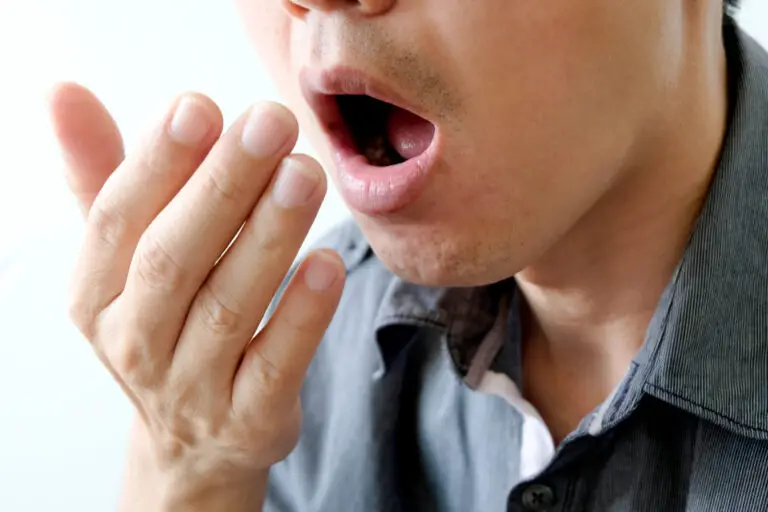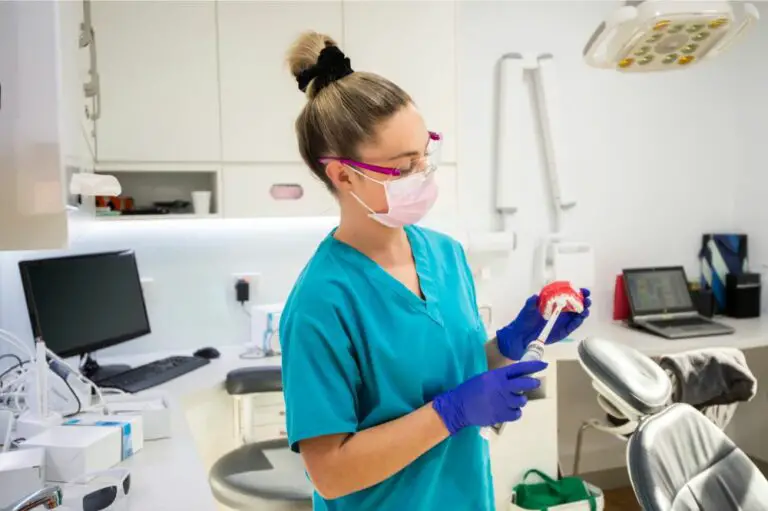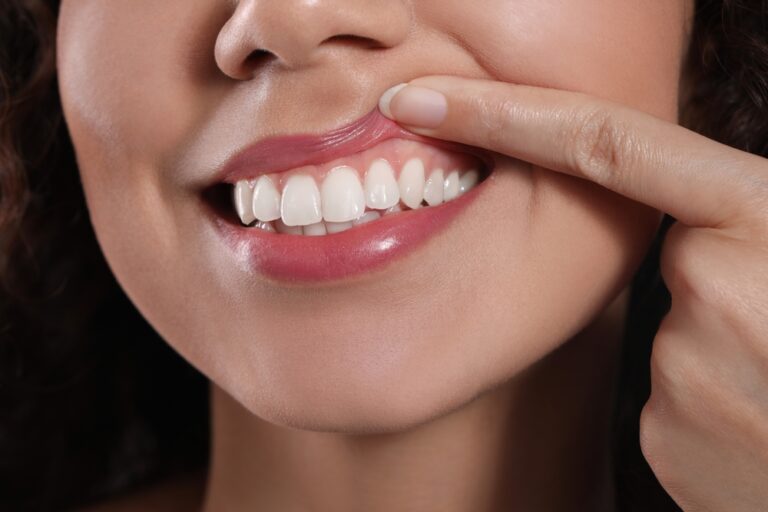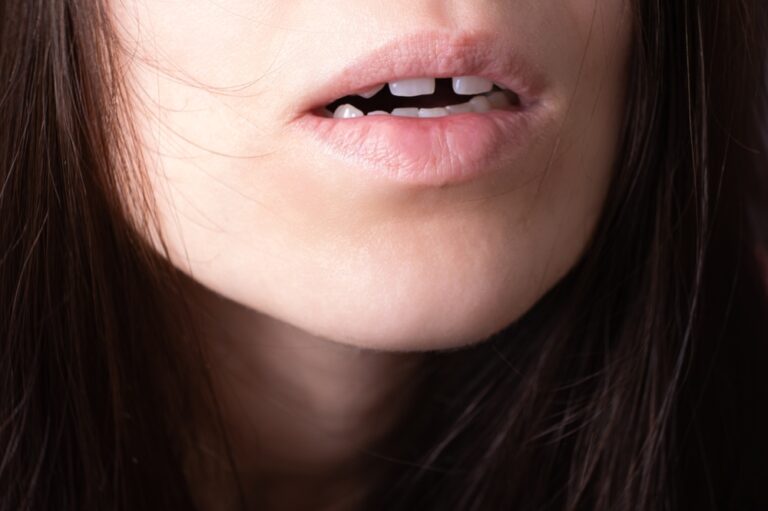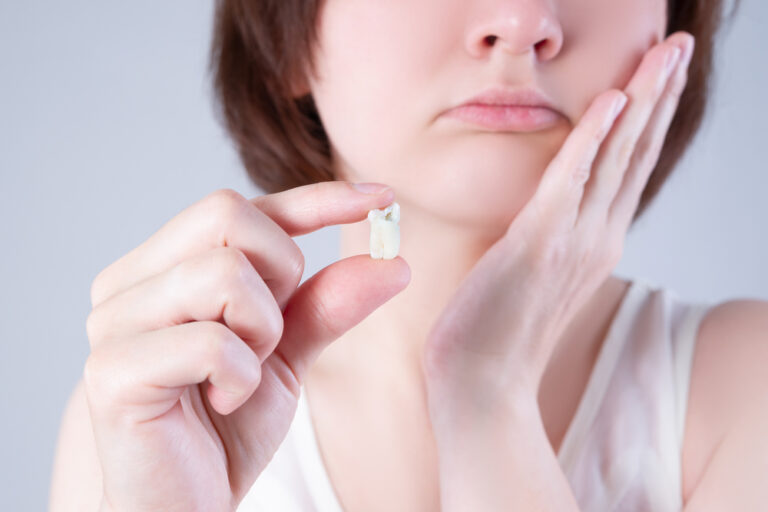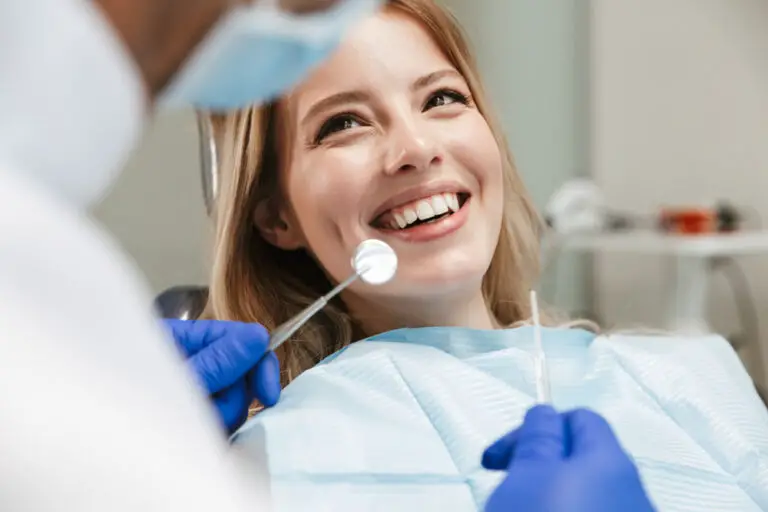An in-depth look at the significance and prevalence of canine teeth
Canine teeth, our sharp, pointy “fangs”, are crucial players in the human dental scheme. But with their striking appearance compared to our other teeth, you may wonder – are canine teeth actually rare?
The answer is a resounding no. Let’s delve into the evolutionary story of canines, their functional roles, statistical prevalence, variations between groups, and what it means if you’re missing one or both of these key chompers.
The vital purpose and function of canine teeth
To understand why canine teeth are a near-universal part of the human condition, we first need to explore why we need them at all. Here are the main reasons our “fangs” have become so indispensable over evolutionary time:
Tearing and grasping food
The sharp, pronounced cusps of canine teeth are perfectly designed for puncturing, gripping, tearing, and shredding food. Their strategic placement in the middle of the dental arch provides an anchor point to grip and tear off pieces of food trapped between the incisors and premolars/molars.
This tearing action by canines is a vital first step in the mechanical breakdown and digestion of food in the mouth. Incisors cut or bite off a morsel of food, then the canines grip and tear it into smaller fragments. Finally, premolars and molars grind it into pulp ready for swallowing and chemical digestion.
In this way, our canines provide a crucial evolutionary advantage – the ability to unlock the calories and nutrients inside a varied diet including fruits, vegetables, meat, and tough plant materials. Their tearing function paved the way for early humans to access a diverse food supply and thrive across different environments and seasonal food availabilities.
Several features make canines adept for tearing, such as:
- Their sharp, sometimes serrated cutting edges that can slice easily into foods.
- Pointed conical tips that provide concentrated pressure to penetrate tough foods.
- Curved crown shape that enables a hooking motion for gripping food.
- Longer root than incisors for more stability when bearing down to tear.
- Strategic placement interlocking with incisors and premolars.
This tearing function of canines is still just as vital in a modern age – we all need to grip and tear the foods we eat into manageable portions to chew thoroughly each day. Without our trusty canines, we’d have to rely more on manually cutting our foods into tiny pieces first!
Supporting the palate

Beyond their tearing role, canine teeth also provide crucial support for proper palatal architecture and dental alignment.
The maxillary (upper) canines in particular have an important function anchoring the tooth row to maintain the palatal arch – the curved shape of the palate itself. This is because their roots are quite strong and the longest of any upper teeth.
The sturdy palatal arch provides key structural integrity to the skull as a whole. So having strong canine teeth roots embedded there helps hold this all-important scaffolding in place. This may be why canines are often the very last teeth to be lost as we age.
Meanwhile, mandibular (lower) canines help anchor the lower dental arch shape and provide stability at a vulnerable high stress point prone to dental crowding.
Losing canine teeth prematurely can contribute to a more narrow, irregular, or misaligned bite over time. This makes replacement important to restore the anchoring canines provide.
Guiding jaw movement
During chewing, canine teeth serve as crucial guides that direct smooth, overlapping motion of the upper and lower jaws.
As chewing proceeds from incisors in the front to the premolars and molars further back, the canines make first contact and glide past each other to shift jaw motion towards a side-to-side grinding path.
This not only coordinates chewing temporally from front to back teeth, but also helps stabilize and guide lateral jaw movements. Canines essentially steer the chewing path.
Without canines, chewing patterns can become irregular and uncoordinated. Jaw motion may also become more linear rather than the tear-drop shaped overlapping path normal chewing follows.
Aesthetics
While their function is vital, another evolutionary advantage of pronounced canine teeth is their contribution to facial aesthetics and visual signalling.
Maxillary canines in particular give shape to the “canine eminence”, the noticeable facial bulge overlying the roots of canines and incisors that defines our upper jaw contours.
When smiling, canines are also the most visually conspicuous teeth, giving the smile its characteristic shape. Their projection provides an attractive display that likely conveys health, status, and mate value over human evolution.
Ornamented or blunted canine teeth have also long played cultural and ritualistic roles in shaping identity and self-expression through decorative dental alterations.
Defensive weaponry
For our distant hunter-gatherer ancestors, canine teeth also served an important role as natural defensive weapons and fighting tools for hunting, conflict, and protection.
With their sharp talon-like shape, canines provided early humans with inbuilt armaments analogous to the fangs and claws of other mammalian predators. Though not as elongated and pronounced as our primate cousins, our canine teeth can still be effectively deployed for attack, threat displays, or as a last-resort defensive tool.
While human canines are no match for the massive sabre teeth of big cats for example, or wolves’ crushing bite force, they nonetheless conferred a real evolutionary advantage to vulnerable early humans. Those with slightly longer and sharper canines benefited from a natural fighting and hunting edge.
Today, our need for canines as weapons has diminished as technology provides more advanced armaments. But they can still be improvised for violent threats or as a last line of defense with no other options at hand.
Canine teeth prevalence in humans

Now that we’ve covered why canine teeth matter, let’s look at some stats on how common they really are:
- Well above 90% prevalence: Studies show over 90% of people have at least one maxillary (upper) canine tooth. Over 87% have at least one mandibular (lower) canine.
- Often the last teeth to be lost: Canines are the most stable teeth, with the longest survival. They are often the last remaining teeth in older individuals.
- Slightly higher prevalence in males: Approximately 2-4% more males have at least one canine tooth compared to females across age groups. This may relate to sex differences in dental agenesis prevalence (see next section).
- Virtually 100% prevalence in hunter-gatherers: Studies of remains from ancestral hunter-gatherer communities show nearly all individuals retained their canine teeth into adulthood.
Overall, the vast majority of living humans hang onto at least a few canine teeth into adulthood. Our “fangs” clearly convey evolutionary advantages that have kept them firmly entrenched in our species.
Dental agenesis: Missing canine teeth
While very rare, some people are born without canine teeth or have them missing later in life due to dental agenesis. Also called hypodontia or anodontia, agenesis refers to the lack of formation and developmental absence of one or more teeth.
This occurs when a tooth “germ” fails to proliferate and form, often due to genetic issues during initial stages of dental development in utero and early childhood. The reasons canines sometimes fail to form or erupt are still not fully understood.
But we do know agenesis prevalence rates and patterns for missing canines:
Low prevalence
On average, missing maxillary (upper) canines due to agenesis occurs in only around 0.13-2.2% of the general population:
- Most studies show a prevalence of 0.3-1.5% for maxillary canine agenesis specifically.
- For mandibular (lower) canines, agenesis prevalence is slightly rarer again at 0.03-0.71%.
- Combined unilateral plus bilateral agenesis rates increase the totals slightly, to around 2% max and 1% for mandibular canines.
Overall, this still means lacking canine teeth is a relatively rare developmental phenomenon, highlighting their protected evolutionary status. By comparison, missing third molars impacts over 20% of people.
Females more affected
Numerous studies report congenital absence of canines affects around twice as many females as males:
- For maxillary canine agenesis, female to male prevalence ratios range from 1.5:1 up to 3:1 across studies.
- The sex skew is more pronounced for missing mandibular canines, with female to male ratios exceeding 4:1.
- Similar gender prevalence patterns are also seen for missing lateral incisors and premolars.
The reasons for increased female susceptibility to agenesis overall remain unclear. Possibilities include sex-linked genetic factors, hormonal influences on tooth germ formation, or a female threshold effect for disruptions to dental development.
Maxillary canines more often missing
Lack of canine formation impacts the upper jaw about 10 times more often than the lower jaw:
- Most studies show a maxillary to mandibular agenesis ratio between 8:1 to 14:1.
- Some figures reach up to 100 times higher prevalence for missing upper canines.
The markedly increased risk for maxillary canine agenesis may relate to their more complex eruption path and prone to displacements which can disrupt development.
Unilateral agenesis more common
Missing canines limited to just one side of the upper or lower jaw is more prevalent than absence of both left and right canines (bilateral agenesis):
- In the upper jaw, around 70% of agenesis cases involve just unilateral absence of a single maxillary canine.
- For the lower jaw, unilateral agenesis accounts for 50-60% of cases, with bilateral around 40-50%.
Overall, lacking just a single upper or lower canine is the most frequent presentation of canine agenesis. Global absence of all canines in an individual is extremely rare.
Associations with other dental anomalies
People with canine agenesis often have other absent teeth or dental developmental issues, including:
- Higher rates of missing or undersized lateral incisors and premolars.
- Increased incidence of delayed eruption or displacement of other teeth.
- More frequent palatal canine impactions and transpositions.
- Increased likelihood of retained deciduous (baby) teeth.
- Higher prevalence of other abnormalities like taurodontism (enlarged molar pulp chambers).
Those with one missing canine should be evaluated more broadly for multiple impacted, delayed or missing teeth requiring management.
Impacts of missing canines
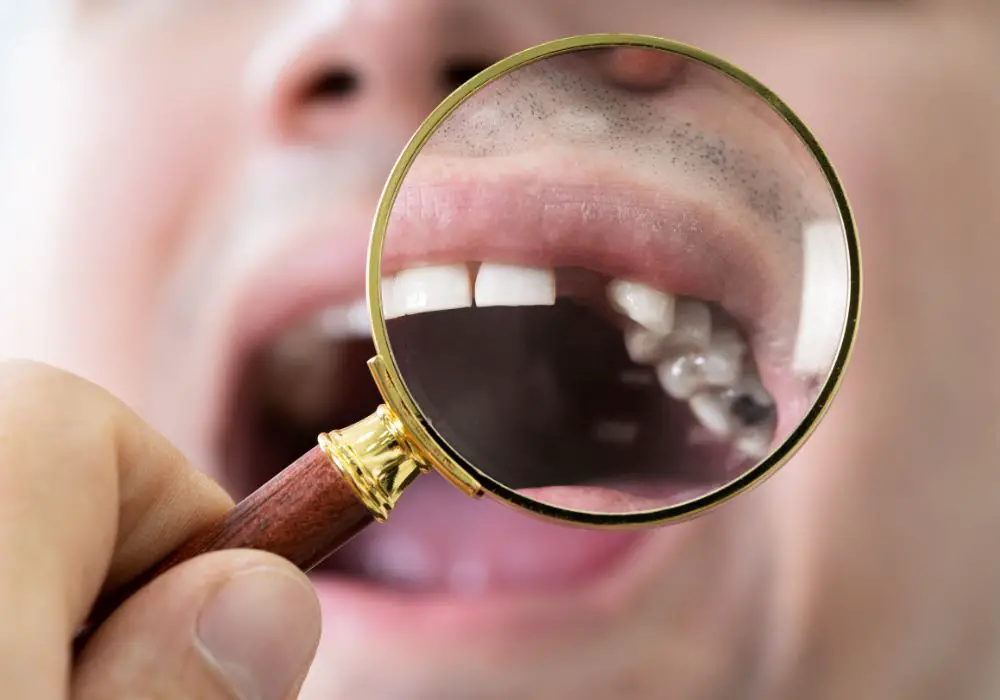
Given their varied roles, losing your canine teeth can significantly impact your oral function and comfort. Potential issues include:
- Impaired chewing and diet: Missing canines hampers biting, tearing, and reducing food to optimally chewable fragments. This may prompt avoiding tougher healthful foods.
- Increased dental fractures: With lost canine support, incisors and premolars are more prone to cracks, chips and breakage when chewing.
- Irregular tooth alignment: Canine agenesis increases likelihood of crowding, rotations, and occlusal problems due to lack of stabilizing support.
- Over-eruption of opposing teeth: Without an opposing canine to provide counter pressure, teeth may over-erupt leading to bite changes.
- Aesthetic and speech issues: Missing canines can worsen facial contours, smile appearance, and clarity of “s” sounds.
- Periodontal and caries risk: Some studies show increased plaque buildup, gingivitis, and decay in those missing canines, especially with crowding.
- Discomfort: Widened embrasure spaces and crowding can trap debris leading to pain from wedging and periodontal inflammation.
- Supporting bone loss: The alveolar ridge below missing canines may gradually atrophy over time without a tooth root embedded.
Given all these potential problems, replacing congenitally missing canines with a dental prosthetic is highly recommended whenever feasible. This could involve bridges, partial dentures, or dental implants with attached crowns.
Timely canine tooth replacement helps restore oral function for good nutrition and health. It also prevents worsening dental alignment issues and damage to surrounding teeth over the long term.
Canine teeth variations
Beyond just presence or absence of canines, there are some interesting variations in canine size, shape, genetics and developmental patterns across human groups.
Canine tooth size variations
Canine crown size, especially length and width, shows significant variation between populations and sexes:
Sexual dimorphism
On average, male canine teeth are markedly larger than female canines:
- Males have around 2-3mm longer clinical crown heights for both maxillary and mandibular canines.
- Canine crown widths are also about 10-15% greater in males.
- This size difference relates to estrogen reducing and testosterone increasing crown dimensions during development.
- Degree of sexual dimorphism varies by population but is consistent across groups, with males having larger canines.
- Dimorphism is more pronounced for maxillary (up to 3mm longer in males) than mandibular canines.
Population variations
Some populations tend toward larger or smaller canine dimensions:
- Australian Aboriginals have the largest canines on average, particularly high canine crown heights.
- Male Aboriginal canines measure over 2mm higher than other groups like Europeans and East Asians.
- This may relate to long-term tough diet retention from hunter-gatherer lifestyles.
- East Asian groups tend to have lower canine crown heights than Europeans or Africans.
- Mesiodistal widths are also smaller and more peg-shaped appearing in East Asians.
- More blunted canine tips are observed in certain groups. This may reflect transitioning away from tougher foods.
Overall, canine dimensions vary significantly based on sex, ancestry, and diet – but almost all retain functional chewing ability.
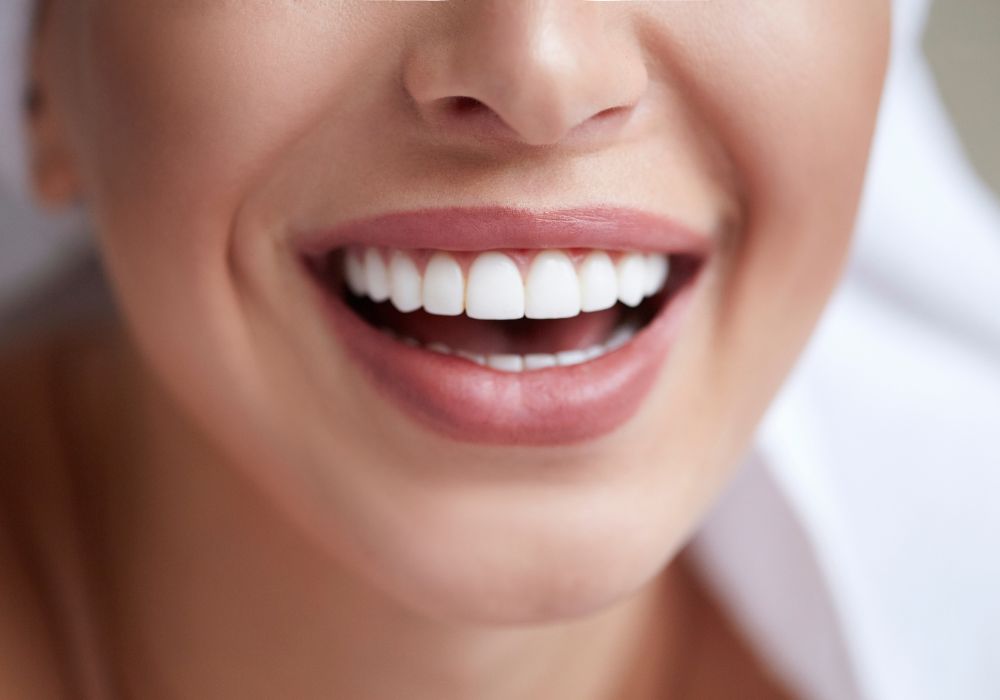
Frequently Asked Questions
Why do humans have canine teeth?
Humans have canine teeth to grasp, tear, and bite food as well as for display. Our sharp canines evolved from our early primate ancestors for both eating functions and visual signalling to conspecifics. They persist in modern humans to aid chewing, improve appearance, and help form facial contours.
What age do canine teeth come in?
Canine teeth normally erupt into the mouth between ages 11-12 years. However, emergence age shows variation across individuals and between sexes. Girls often get canines earlier than boys by around 1-1.5 years on average. Delayed canine eruption past age 14-15 may require investigation.
What problems are caused by missing canine teeth?
Lacking canine teeth can negatively impact chewing, put other teeth at risk, worsen facial aesthetics, impair speech, and cause discomfort. Those missing cuspids have higher rates of overcrowding, misalignments, and dental fractures. Restorative treatments like bridges, implants, or partial dentures are recommended.
How are impacted canine teeth treated?
If maxillary canines become severely displaced or impacted, oral surgery is required to expose and reposition them in proper alignment. This often involves surgical exposure and orthodontic traction to guide the wayward tooth into the ideal position in the arch. Timely management helps prevent more extensive treatment later.
Do other animals have canine teeth?
Besides humans, canine teeth are found in almost all mammals, reptiles, and fish with teeth. They are often larger and more pronounced as “fangs” in carnivorous species like big cats, dogs, and bears adapted for hunting and eating meat. Even herbivorous animals like horses have modified canines used for defense or display.

